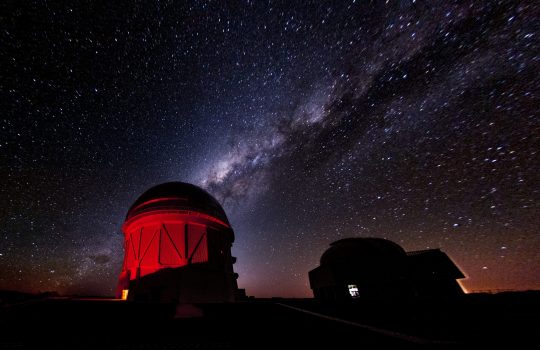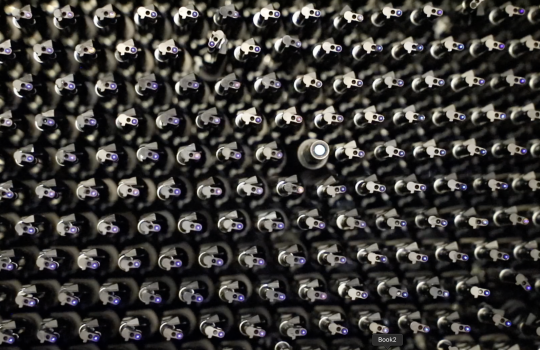Was Einstein wrong about the universe?
From Kathimerini (Greece), June 14, 2021: A multinational team of 400 researchers from 25 research centers in seven countries announced the results of the DES study that looked at 226 million galaxies and thousands of supernova explosions. The DES measurements, like those of other similar galactic surveys, informed us that the current universe is less dense than our model predicts.


